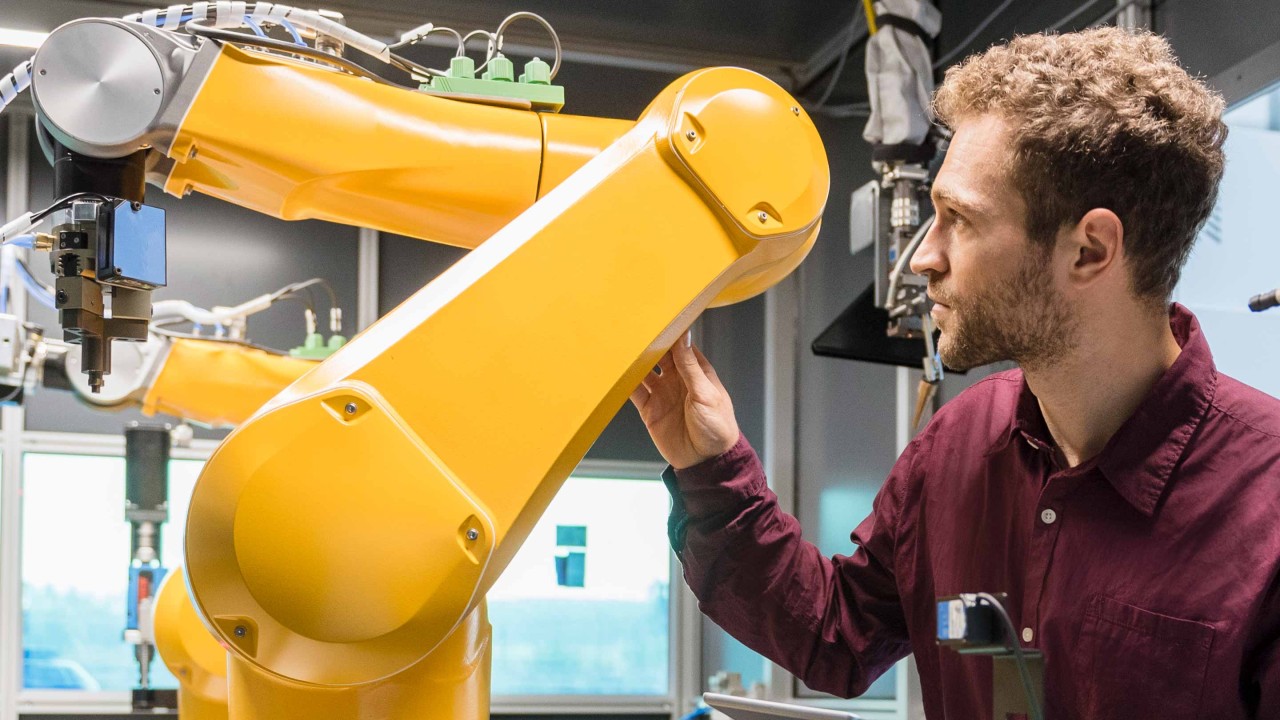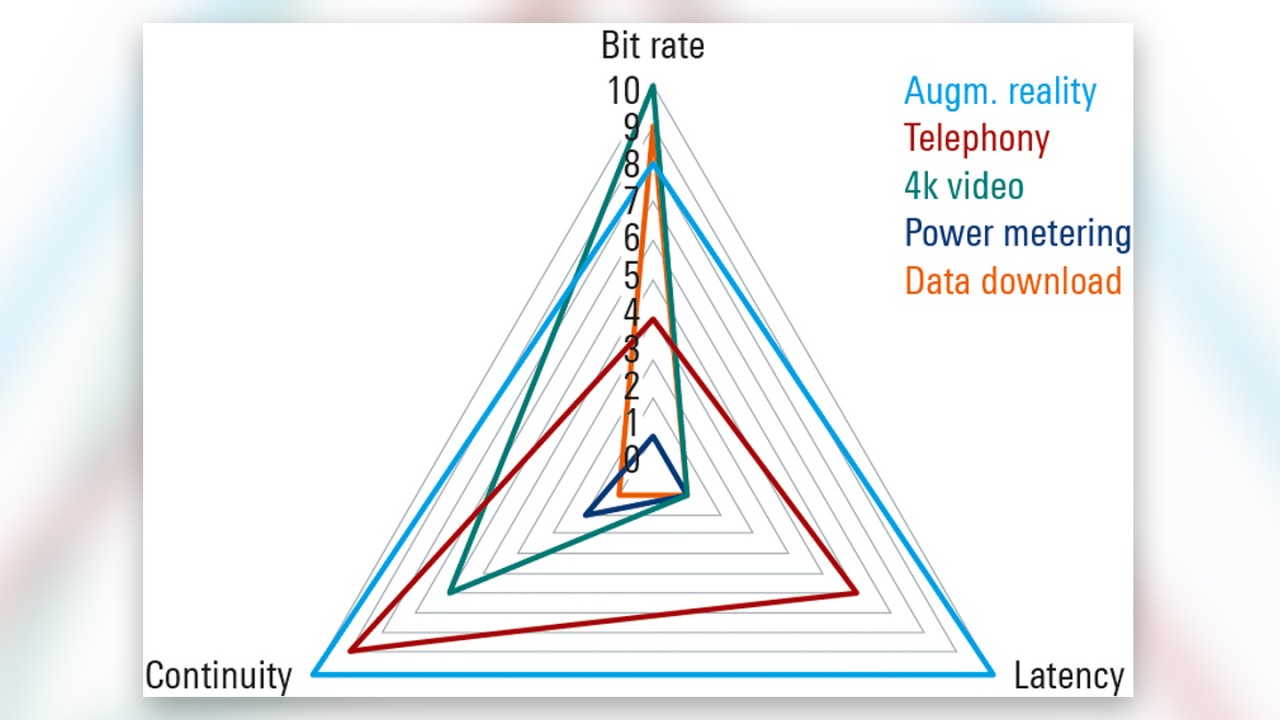Written by Johanna Sochos | April 14, 2020
The main advantage of 5G lies in the scalable network slices supporting individual transport requirements for critical or less critical applications. These network slices can be tuned for extremely short latencies, especially reliable connections or peak transport rates. Extremely short latencies will enable the widespread use of new application types, such as mobile real-time eGaming, and introduce new user classes such as industry or automotive whose network demands differ from those of humans.
In this 3-part series, we want to answer the following questions:
- Are conventional test approaches still suitable for 5G networks, and are they applicable to non-human use cases?
- How do we need to shift the measurement focus?
- How can we measure ultra-low latencies in practice?
- What are real field measurement results like, and what can we learn from them?
Let us start with some general considerations regarding quality of experience (QoE) measurements in the 5G technology.
QoE dimensions in 5G
With evolving network capabilities, some significant changes need to be made in measuring network quality.
The fundamental concept of QoE and its basic dimensions remain the same, even if the importance for the user and the acceptability thresholds change. This is also true for non-human applications, as there will be a tolerance scheme where the applications fulfill their demands and a declining range where the functionality gradually degrades to the point of uselessness.
Consequently, there will be an evaluation model for non-human use cases that follows principles that are similar to the QoE model for human use cases. The basic QoE dimensions are:
- Accessibility and sustainability: Do I have access to the service at all, and is the connection technically maintained?
- Waiting time for action (task is started and/or completed): How long does the access take (e.g. call setup time, setup of the IP service)?
- Quality: How is the experience during active use?
In 5G, accessibility and sustainability will always be given, and the very rare fails will be more annoying to the affected user than they are today; but fails will be so rare that they will have a low impact on the overall QoE. The same applies to access and waiting times; they will become very short and have little influence on QoE.
The key challenge is to measure experience during the active use of an application, for example:
- How is the perceived quality (e.g. video quality)?
- How is the action response time to an action or an instruction (e.g. to a machine)?
- How fluent is the service? Are there interruptions, undercuts, or is the other end temporarily unavailable?
The concept of interactivity
Considering that data throughput is not the only key parameter for new, interactive applications or real-time control services, the underlying key network parameters are:
- Transport capacity (bit rate)
- Transport latency
- Transport continuity
Of course, different types of applications and use cases will have different requirements in these three dimensions. A data download, such as updating maps, requires mainly a high bit rate; for telephony and/or real-time surveillance, the focus is on continuity; and for real-time interaction as in augmented reality (AR), the requirements are high in all three dimensions.
The measurable continuity and latency for a given bit rate or even the entire setup, including backbone and far-end server or device, can be called the interactivity of the network. QoE depends on the use case and the associated expectations and transport requirements. However, the underlying key performance indicators (KPI) and technical parameters are the same; the difference is how they are weighted in a QoE model.
The next blog posts in this series will discuss how to measure network interactivity and ultra-low latencies in practice and how real field results offer great and in-depth insight into the network.
Read more about interactivity test in part 2 - 8 of this series and download our white paper "Interactivity test":
Interactivity test: Concept and KPIs (part 2)
Interactivity test: Examples from real 5G networks (part 3)
Interactivity test: Distance to server impact on latency and jitter (part 4)
Interactivity test: Impact of changing network conditions (part 5)
Interactivity test: Packet delay variation and packet loss (part 6)
Interactivity test: Dependency of packet latency on data rate (part7)
Interactivity test: ITU-T Recommendation G.1051 (part 8)
White paper "Interactivity test"
Find more information on our dedicated 5G network testing web page.









